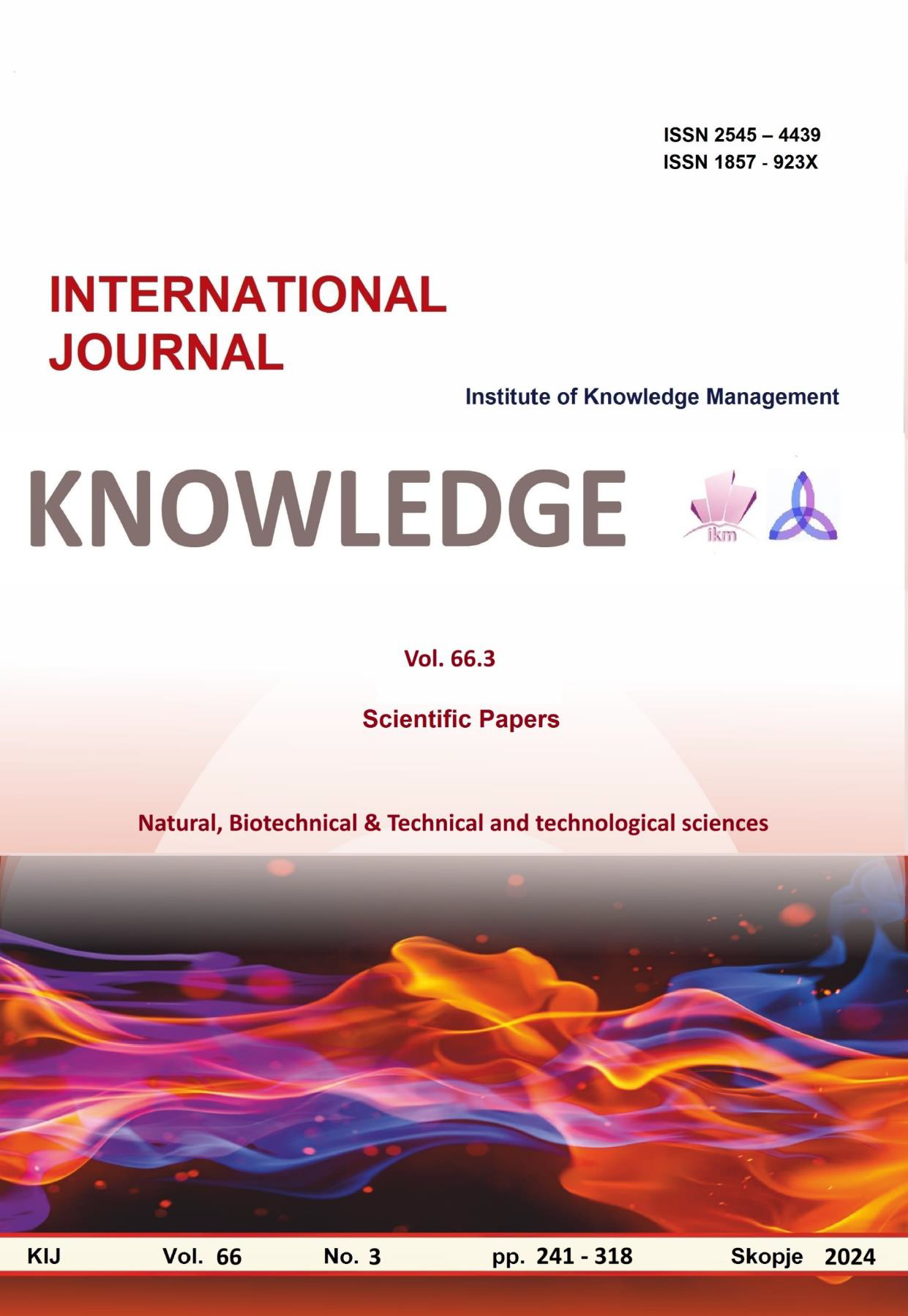3D PACKAGING VISUALISATION, ANALYSIS OF TOOLS AND TECHNIQUES
3D PACKAGING VISUALISATION, ANALYSIS OF TOOLS AND TECHNIQUES
Author(s): Vladimir GjorgjieskiSubject(s): Fine Arts / Performing Arts, Visual Arts
Published by: Scientific Institute of Management and Knowledge
Keywords: Packaging design;visualization;3D;computer graphics
Summary/Abstract: 3D packaging visualization has revolutionized the design process, bridging the gap between creativity and functionality in modern marketing strategies. Packaging design, fundamentally an amalgamation of form, structure, color, imagery, typography, and regulatory information, serves the critical purpose of making a product visually appealing and market-ready. This paper explores the tools and techniques used in 3D packaging visualization, presenting a thorough analysis of its historical development and the impact it has had on the global trade and consumer markets. The evolution of packaging can be traced back to the earliest human civilizations when woven grasses, bark, clay, and pottery were used for containing and transporting goods. As trade expanded along routes such as the Silk Road, packaging became more sophisticated to accommodate precious goods like perfumes, spices, and textiles. With the invention of Johannes Gutenberg’s printing press in 1450, packaging design took a major leap forward, as merchants could now print designs on wrappers, thereby pioneering the concept of branding and product identification. This historical evolution laid the foundation for modern packaging design, which became an essential tool in product marketing and consumer engagement. The primary goal of packaging design today is to meet marketing objectives by effectively communicating a product's identity and function. The design process, which incorporates structural design, graphic design, and marketing strategy, translates these goals into tangible packaging that not only protects and transports the product but also serves as a crucial sales tool. The introduction of 3D visualization into this process has made it possible to refine designs at every stage, ensuring both functionality and aesthetic appeal. Tools like Adobe Illustrator and independent 3D software have become indispensable in creating realistic packaging mock-ups, enabling designers to visualize products in three dimensions, apply print visualizations, and generate high-resolution pack shots. Traditional methods of packaging design, such as photography and handmade models, although effective in certain aspects, are time-consuming, expensive, and often limited to specific materials like cardboard and labels. Modern 3D visualization software overcomes these limitations by providing real-time control during the design process, reducing costs, and enabling seamless integration with graphic design software through plug-ins. These tools allow designers to share their designs as images, augmented reality models, and more, facilitating better communication with stakeholders and clients. Despite its advantages, the need for more advanced, 3D visualization tools remains. Current software still faces challenges, such as limitations in exporting 3D models and restrictions to specific packaging types like folding cartons. However, the near future promises more comprehensive tools that will further streamline the design process, offering enhanced flexibility, integration, and real-time updates. In conclusion, 3D packaging visualization has become a crucial component in the design process, offering both aesthetic and functional benefits. As technology continues to evolve, these tools are likely to play an even more significant role in meeting the demands of modern marketing and consumer engagement.
Journal: Knowledge - International Journal
- Issue Year: 66/2024
- Issue No: 3
- Page Range: 291-295
- Page Count: 5
- Language: English

